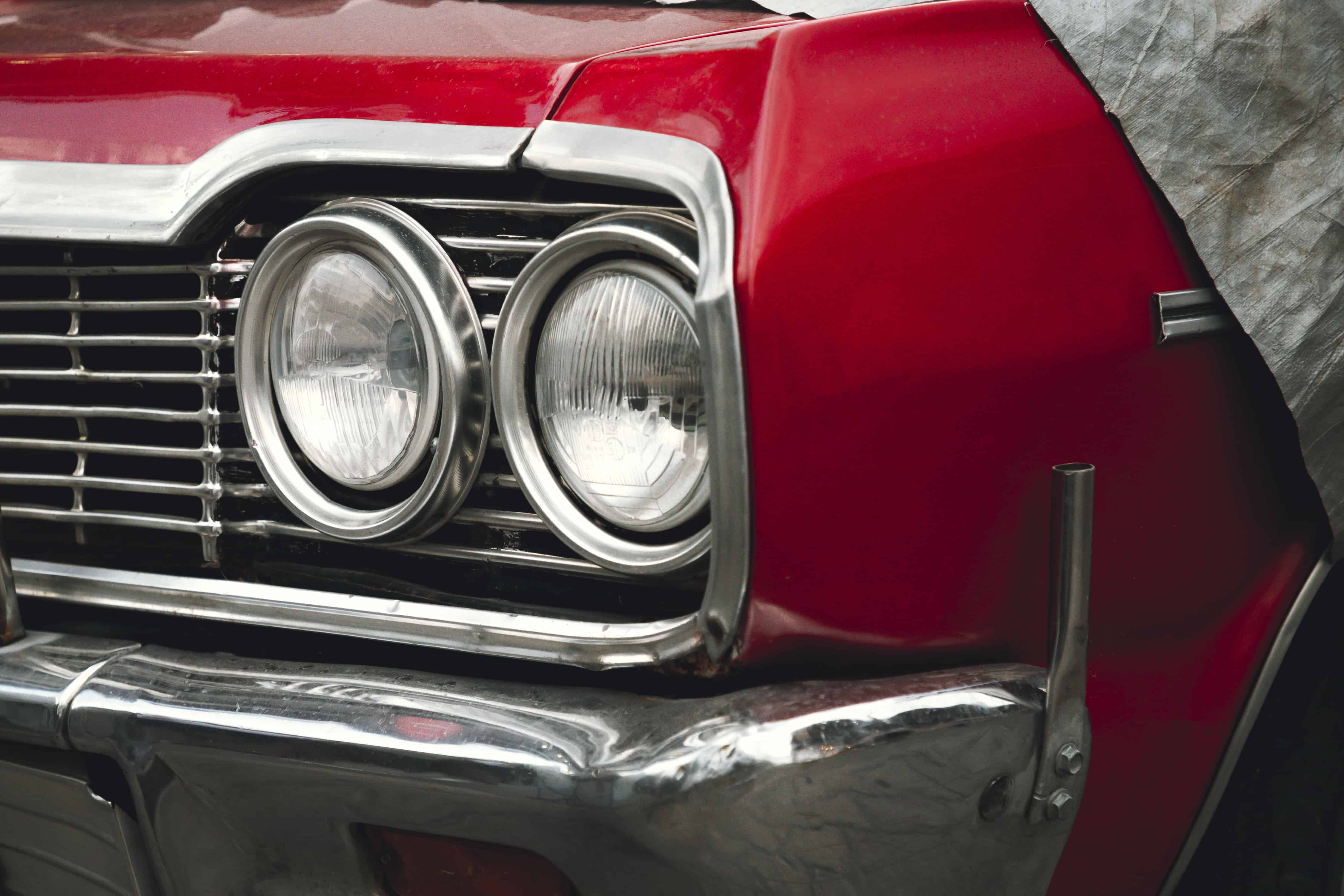During October, we’ve published a Winter Prep series about preparing your classic car for winter storage, and even pointed out some classics that can be driven right through the cold and snow. But for people in some areas, winter means its finally cool enough to awaken your car from its hot-weather summer slumber.
Top 10 tips for storing your classic vehicle over the winter
To start or not to start? That is the question for winter storage
Classics you can drive through winter weather
Fuel system/Air-fuel management
Without proper additives like a fuel stabilizer, your fuel tank or system may have gunked or gummed up. Check this before starting the vehicle as it may push bad fuel into your carburetors or fuel-injection systems, and filter. You’ll basically be adding more things to your list to clean out. If it’s bad enough you may be looking at dropping your fuel tank in order to flush it out. Not typically something you’d want to do yourself. When in doubt or are unsure of the quality of the fuel, drain it and replace it with fresh fuel before starting the car. If possible, make sure your fuel gauge is working correctly as well.
Battery
Best-case scenario, you put your battery on a battery tender during times of the year that you’re not driving your classic often. If not, you’re more than likely facing a dead battery. But just because your battery may have retained a charge thanks to your battery tender or trickle charger, doesn’t mean it won’t fail you out on your cruise. Check the voltage with a volt meter while the car is running and while it is off. It should read between 13.8-14.2 when running, and between 12-12.5 when the engine is shut off. Age is another determining factor on the reliability of the battery, so just because it hasn’t been used much doesn’t mean it’s still as reliable as the day it was installed. Connection points are important as well, make sure they are clean and secure.
Hoses and clamps
Batteries are typically readily available wherever you go, but model specific parts aren’t always. Check hoses as they get brittle over time as well as clamps that may have loosen. Checking your coolant levels and topping it off as needed won’t do you much good if a hose bursts or comes loose during your drive.
Fluids
Every car has its quirks, and some may burn through engine oil faster than others due to various factors. Perhaps that “cool custom build” you may have in the garage needs to be topped off once in awhile, so know your car’s needs and bring extra fluid just in case. Engine oil isn’t the only fluid that needs to be checked. Transmission, brake, coolant and differential oil are all vital fluids that are often overlooked as they are more complicated to check than engine oil. Age effects these fluids almost as much as usage so don’t assume they aren’t in need of replacement. If levels are low, that may be an indication of a leak so check for any residue or fluids on surfaces around seals.
Brakes
Brake fluid levels are a nice clue to how low your brake pad depths may be. Check your pad depths for anything lower than 2mm which should be replaced.
Tires
Tire rotation and tread life are good first steps. Depending on conditions in which the vehicle was stored, the tires may need to be replaced. Flat spots are typically the first to develop but can be avoided by rotating the tires periodically. Tire manufacturers typically include a born-on date on the sidewall which online resources can help you decipher. Use this date to determine if the age of the tire is over the recommended six year age for replacement. Lastly, make sure you have the right kind of tires for where you’re headed.
Convertible top/exterior seals
Make sure your convertible top functions correctly. It would be very inconvenient if the top were to stop functioning while on a cruise during a change in weather. Exterior seals may have deteriorated depending on conditions in which it was stored, but wind noise or water leaks could make your next cruise very uncomfortable.
Headlights, tail lamps, and indicators
Avoid tickets or worse, a collision, by testing to make sure all your lighting is functional and bright. Bulbs may have burned out or sockets corroded due to moisture. Worse case scenario you may have had some critters eat away at wiring that could develop into a fire hazard.
Ignition system
Check the condition of your spark plugs as well as the ignition timing. Details can typically be found in your owner’s manual or online depending on what you’ve got going on under the hood.
Emergency supplies
Victory favors the prepared. Some easy essentials to get even at a gas station could mean a more enjoyable trip or perhaps even survival.
– Water both drinking and distilled for yourself and your car
– Jumper cables or jump pack that can also charge your mobile devices
– Extra coolant and engine oil
– First aid kit
– Tire sealant kit
– Fuel can
– Flashlight
– Tire pressure gauge
– Battery operated air compressor if you have the room
– Spare tire tool kit (jack, jack handle, lug wrench etc)






I don’t know about too hot to cruise. I drive my cars year round. If mid summer here in TX that means the mornings. They never get put up.
Another concern is mice taking residence inside the vehicle. Nothing is more upsetting than to have your interior destroyed. Any good deterrent that works?